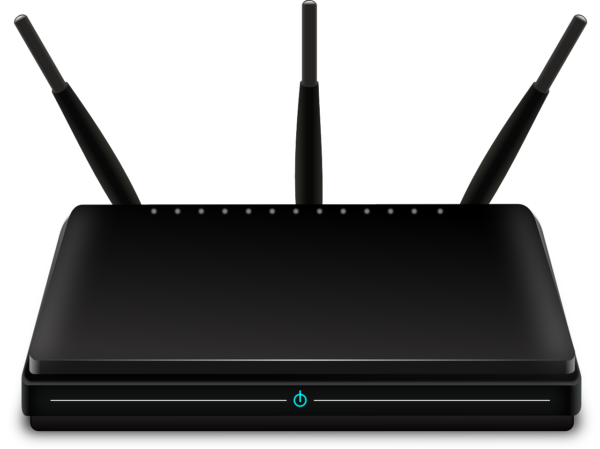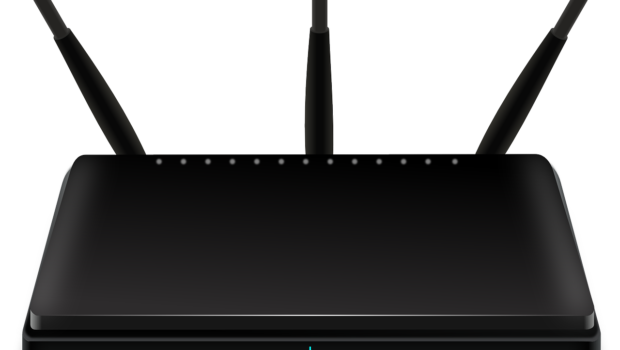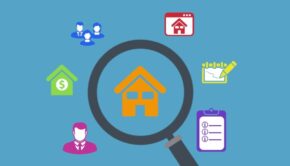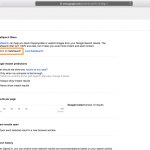Reasons Why Network Monitoring is Essential for Businesses
Network monitoring is a term commonly used all throughout the IT industry. This term is defined as a type of system that monitors computer networks and checks for issues such as slow or malfunctioning components. These include routers, firewalls, servers, monitors, and even client systems and software, as any of these can possibly slow down the system. Once issues are identified, the system notifies network administrators, directly or via a support line system, so they can immediately address the problem.

Key Features of Network Monitoring Systems
Network monitoring systems were made to track down and report problems in devices and connections for compliance and security maintenance. This includes a couple of important functions, such as:
1. Monitoring Network Devices
Defective network devices can lead to serious threats to networks. Many things ranging from hardware issues and errors to high CPU usage can retard networks to a grinding halt. But with the help of a monitoring system, these problems can easily be identified and quickly rectified. Furthermore, monitoring software can instantly add new devices, and create a plan of action on your network’s topology and detect suspicious activity.
2. Network Alerts

Once the monitoring system detects or identifies any issues, they immediately sent alerts to the system’s support staff for verification. If the issue or threat is more than just a small setback in the system, the staff will contact system administrators with all the necessary information right away.
3. Network Reporting
In addition to the actual system monitoring, a network monitoring software can create and share reports on errors it discovers. Some systems even provide report customization and automation capacity, so you can decide how and when reports are presented.
What Benefits Can You Get from A Monitoring System?
Network monitoring systems have extensive functions and benefits, some of which are listed below:
1. Improves Performance
Monitoring systems are able to improve or optimize a network’s performance by identifying problem areas and slowdowns and collecting performance data. They are able to deal with problems as they happen and prevent problems from developing in the future.
2. Reduced Risk
One of the biggest advantages of using a network monitoring system is that you can identify suspicious behavior. Monitoring systems can keep an eye on threats to the network, ranging from unauthorized downloads to password changes. They can also notify you of any suspicious activity to make sure breaches can be identified and fixed right away.
3. Compliance
Many businesses are usually concerned with compliance with regulatory entities such as PCI DSS, ISO 27001, and HIPAA. Most of these regulations require some type of monitoring system both as a best practice and security measure.
Many companies offer scalable and flexible systems that work with any business, and easily integrate into existing work systems.
Why Network Monitoring is Essential for Businesses?

System monitoring is an important IT function that presents numerous benefits for all types of businesses. Not only can it help business owners save money on network performance and infrastructure costs, but it can also boost employee productivity. It is a lot more strategic than what its name suggests. Monitoring systems observe, detect, and report on problems 24/7, it also works to optimize data flow and access in a complex and changing environment.
Monitoring systems can provide businesses with solutions to a number of problems such as lost e-mail, slow webpage problems, and suspicious user activity and file delivery due to system overload, network connection issues, and crashed servers.
Any kind of network can be monitored, regardless of whether it’s wired or wireless, a corporate LAN, VPN or service provider WAN. It’s possible to monitor devices on several operating systems with a number of functions, ranging from routers to switches, smartphones to servers.
Below are the Top 6 Reasons why Network Monitoring and Reporting is a must for Businesses
1. Visibility and Control
Being able to see all your hardware and software assets means you are able to monitor the health of your network. Let’s compare network monitoring to visiting a cardiologist who monitors for danger signs as blood goes through vessels, valves, and chambers of the heart. In the same way, monitoring systems track data going through cables and servers, connections, switches, and routers. In case a problem occurs, the doctor (your monitoring system) is armed with the knowledge that can precisely locate the cause of the issue, allowing you to fix it immediately.
2. Improve Network Reliability
The fundamental function of a system monitoring tool is to gauge whether a device (such as a switch server, router, or database, etc) is functioning as it should or not. You wouldn’t want to start getting calls from angry clients just because they are experiencing performance issues. A positive approach to keeping a healthy network keeps help desk requests to a minimum and makes sure that there are lesser number of incidents and downtime issues.
3. Improves the Bottom line
Software monitoring improves employee productivity by saving time on network management and decrease operating costs. In addition, because you are notified of current or impending problems, you’ll be able to manage or decrease downtime to a more convenient time for the business. You’ll also increase your team and business’ productivity and efficiency.
4. Understand your Network’s capacity and Boost its performance
As the utilization of your network increases, you’ll eventually want to add more devices and bandwidth to satisfy the growing demand. When you actively monitor the status of your devices and software applications, you are able to understand what is being used at a specific time and how your users are using their devices. Standardizing your current performance and setting goals you need to achieve will allow you to improve your system performance and stay ahead of the game.
5. Be More Informed
A system monitoring tool helps you to discover how the IT department increases value. Evaluating historical data of your network allows you to keep an eye on trends, providing you with the information you need to make ongoing improvements. Sharing this information also provides stakeholders with better knowledge of your IT situation and the information they need to make strategic decisions.
















